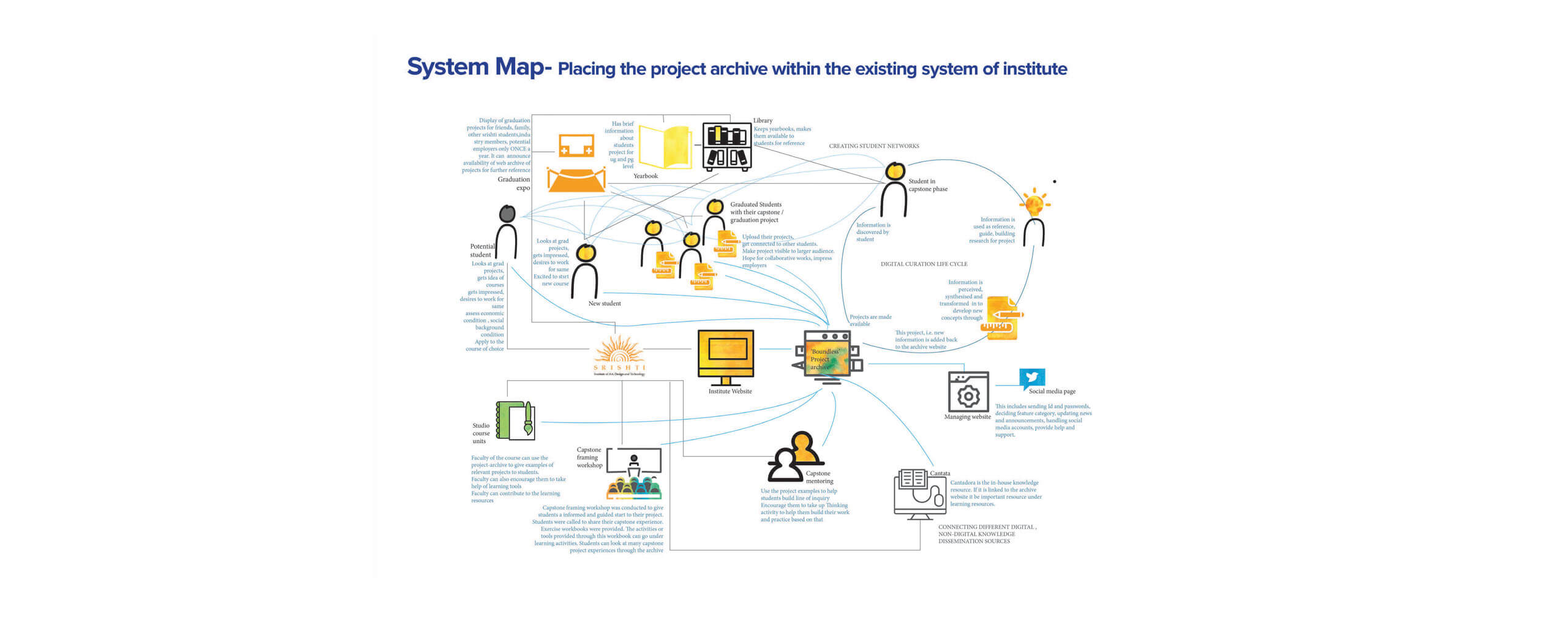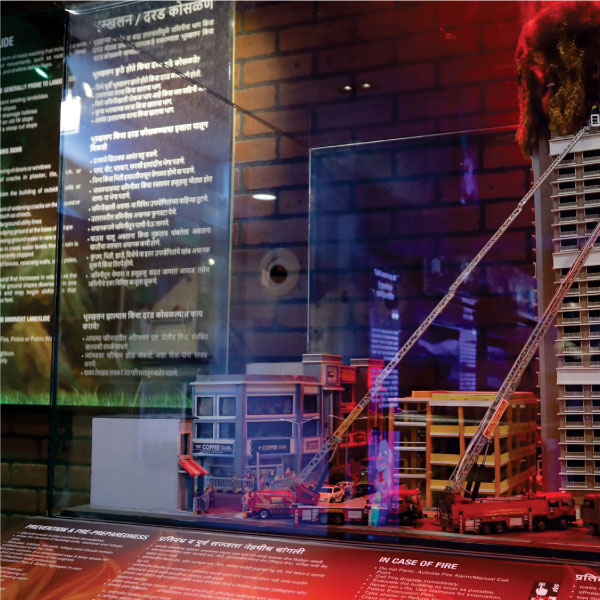17 Dec Gayatri Chudekar


Unravelling and understanding the question of ‘what is information?’ was the foundation of masters course in Information Arts and Information Design Practices.
Research based design for education Problems and inhibitions faced because of going through typical school education and Engineering studies were immense. Not only in terms of concept understanding but also in terms of taking confident stand about my opinions. Values of life, character and profession of a student is defined by ‘What’ and ‘How’ s of teaching. This is why research has become extremely important, especially in today’s time, to set the right syllabus, find creative and confident ways to disseminate the knowledge and make learning experiential.

Encountering the consequences of lack of research in this regard first-hand, I can very well define the dire need for strong research and design efforts for education and learning. Only through my post graduate studies of design at Srishti Institute of Art, design & Technology, I could see ways to work in the field of pedagogy as a designer.

Understanding layers of information Unravelling and understanding the question of ‘what is information?’ was the foundation of masters course in Information Arts and Information Design Practices. Information is not a mere set of data to derive values.

It is exchanged, preserved, passed on in form of lived experiences, narratives, emotions, practices, believes and stories. Information is available in tangible and intangible complex form. I have tried to understand layers of information and systems to disseminate that information through my projects at college, internship and now at my work.
Through this interaction I could attempt to design systems for delivering learning experiences that are learner centric as well as context-sensitive.
Understanding narratives and Engaging with community with systems thinking approach to be able to design information & Education systems. Learning occurs at all times, consciously and unconsciously. Systems that allow undirected and free learning should be designed and implemented. One can only attempt to design these systems by understanding the community for whom they are implemented. Engaging with community provides ways to know their narratives and understand the fabric of their information and education. With the same approach I am working further on my thesis project. I have designed a digital archive of the graduation projects of Srishti institute of Art Design & Technology.

Through this project, I explore ways of designing an archive that can function as a tool for self-learning and knowledge sharing. I interacted with Srishti community to find unique and relevant ways for the community to navigating diverse categories of information. Through this interaction I could attempt to design systems for delivering learning experiences that are learner centric as well as context-sensitive. I have used my learning and research insights to design this archive as a self-learning and knowledge sharing tool. I continue my research to refine my work. Project work involves designing information architecture, workflows, mapping user journeys, generating insights through surveys, in-depth interviews, user research activities and auto-ethnographic research. Additionally, knowledge seeking behaviors, emotional responses of students to self-learning through archives are also mapped to inform my design.

Along with this as a professional I am working with a School to design and facilitate design thinking workshops. I devise detail workshop curriculum to and ways to facilitate it so that it becomes relevant to the learners. Design Thinking as Tool to Arrive at Critical Questions. In both the works mentioned above, it is of utmost importance for me to understand the existing system, interact with community to be able to mark points of intervention.
For my thesis project the critical question to find a way to use virtual medium to enable self-learning which is essentially experiential and to organize information in a relevant way. In my work at school the critical question is to find ways to make design thinking relatable to the kind of community of learners who are more interested in ‘making’ process than the ‘thinking process’. Design Thinking is used as a tool not only to find solutions to these problems, but to arrive at these critical questions for which unique solutions are required.
I would want to create a system of education that provides learners their space of experimenting & exploration, while at the same time provide the same space of experiment for the facilitators.
Creating a space for design & research in Education. Problems in education are complex systemic problems. It requires a transdisciplinary group of professionals that involves policy makers, researchers, educators, designers, sociologists etc. It is lack of these transdisciplinary approaches that has led to a dire state of education in the country. Traditional practices, skills and knowledge that is exquisite to the locality is slowly being lost because we consider formal education as the only form of education.
Often educational models and design thinking toolkits & methodologies are adopted from outside. It is need of an hour that we devise our own models of education that are relevant to the diverse and complex knowledge systems of the country. A space for design & research in education must be created to work on these unique models. Indian educators, thinkers, designers have enough potential to start a dedicated initiative like Project Zero by Harvard. It is just important to understand this need and as a designer working in space of education I would work towards it.

Devising learner centric education system with educators as facilitators Educational space need to provide grounds for experiments and exploration. Learning that occurs through these explorations and experiments is experiential learning. These spaces and systems needs to be designed around the learners. It should also cater to all types of learners. Along with that educators should be given the agency to facilitate.
I would want to create a system of education that provides learners their space of experimenting & exploration, while at the same time provide the same space of experiment for the facilitators.
Gayatri Chudekar
DESIGN FIELD
Pedagogy, Design & Architecture
LOCATION
Bangalore, India
ABOUT
I am a non-symmetrical, analytical ever-evolving self through exploration and experience.As an Information designer working in field of education, my work involves collecting, understanding and creating stories and narratives to make that information appropriate, accessible, relevant and understandable. I believe in understanding and exploring many layers of the context to build a research-driven inquiry. What emerges as a design outcome is always a part of the larger interconnected system and can never be viewed or worked on in isolation.
I work at the intersection of design, pedagogy, system thinking and service design. I would further like to build my work and practice in space of learning and education.


